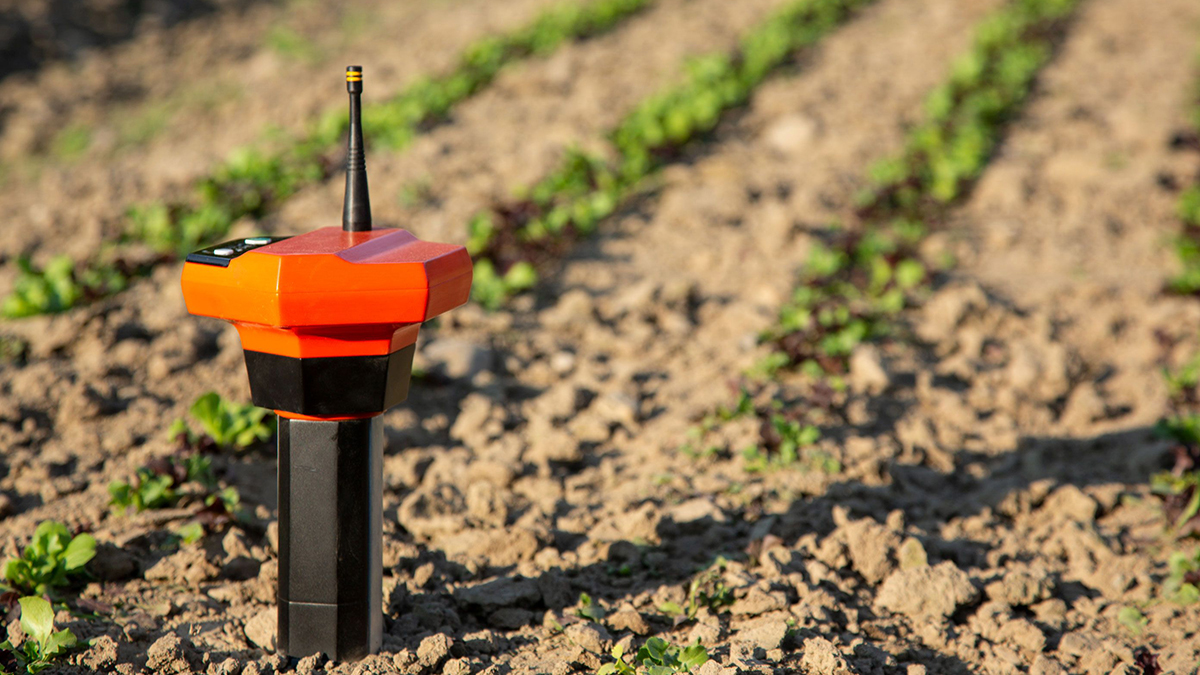1. Low-Power Microcontrollers:
Utilize microcontrollers designed for low power consumption. They offer advanced sleep modes and power management features.
2. Dynamic Voltage Scaling (DVS):
Implement DVS to adjust the voltage supplied to the microcontroller based on workload, optimizing power usage.
3. Energy Harvesting:
Leverage ambient energy sources like solar, thermal, or kinetic energy to supplement or replace battery power.
4. Duty Cycling:
Intermittently activate sensors and communication modules, allowing them to enter low-power sleep modes when not in use.
5. Selective Sensor Activation:
Activate only the necessary sensors for a specific task, minimizing unnecessary power consumption.
6. Efficient Data Transmission:
Implement data compression techniques and utilize low-power communication protocols like LoRaWAN for long-range, low-power communication.
7. Predictive Algorithms:
Employ algorithms that predict when a device needs to be active, reducing the time spent in high-power states.
8. Power Gating:
Isolate unused components or subsystems, completely shutting them down to prevent any power leakage.
9. Use of Efficient Components:
Select components with low quiescent current and high efficiency ratings to ensure minimal power wastage.
Real-World Impact: Power Efficiency in Action
Imagine a scenario where a company deploys a fleet of IoT sensors to monitor environmental conditions in a large-scale agricultural setting. By implementing power-efficient strategies, these sensors can operate for extended periods on battery power alone. This not only reduces maintenance overhead but also provides accurate, real-time data critical for optimizing crop yields.

source: Teralytic
Impacts of Power Efficiency Optimization:
-
Reduced Maintenance Costs: Fewer battery replacements and extended operational life lead to substantial cost savings.
-
Accurate Data: Reliable, consistent data leads to informed decision-making, ultimately boosting productivity.
-
Environmental Stewardship: Power efficiency aligns with sustainability goals, reducing the ecological footprint of IoT operations.
Power efficiency isn't a one-size-fits-all endeavor; it's a dynamic, strategic approach. By integrating unique tips and tricks, you can optimize power usage, ensuring your IoT applications operate at peak performance while conserving resources. In a world where every electron counts, mastering power efficiency is the key to creating IoT solutions that not only function seamlessly but also make a positive impact on the environment and the bottom line.




